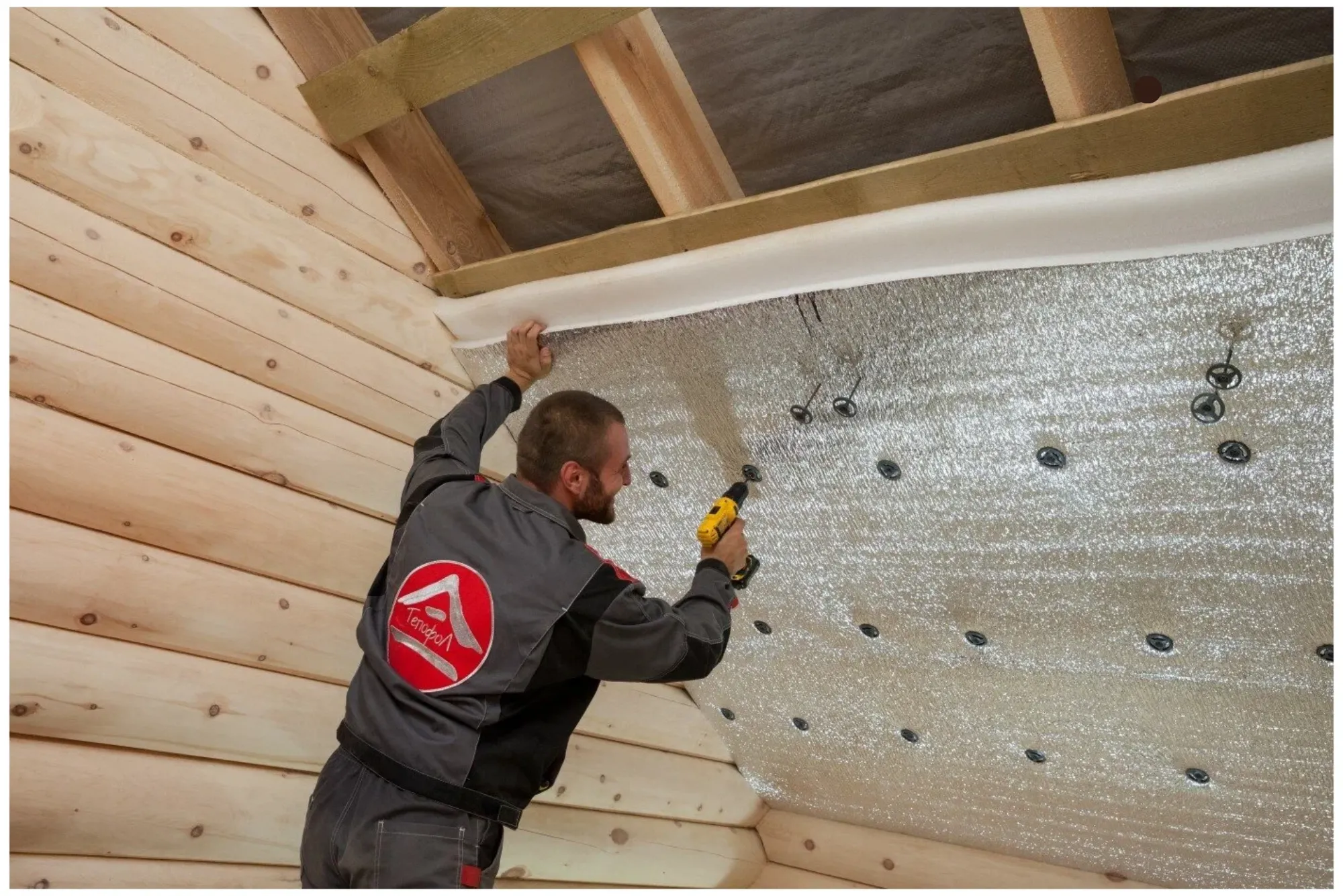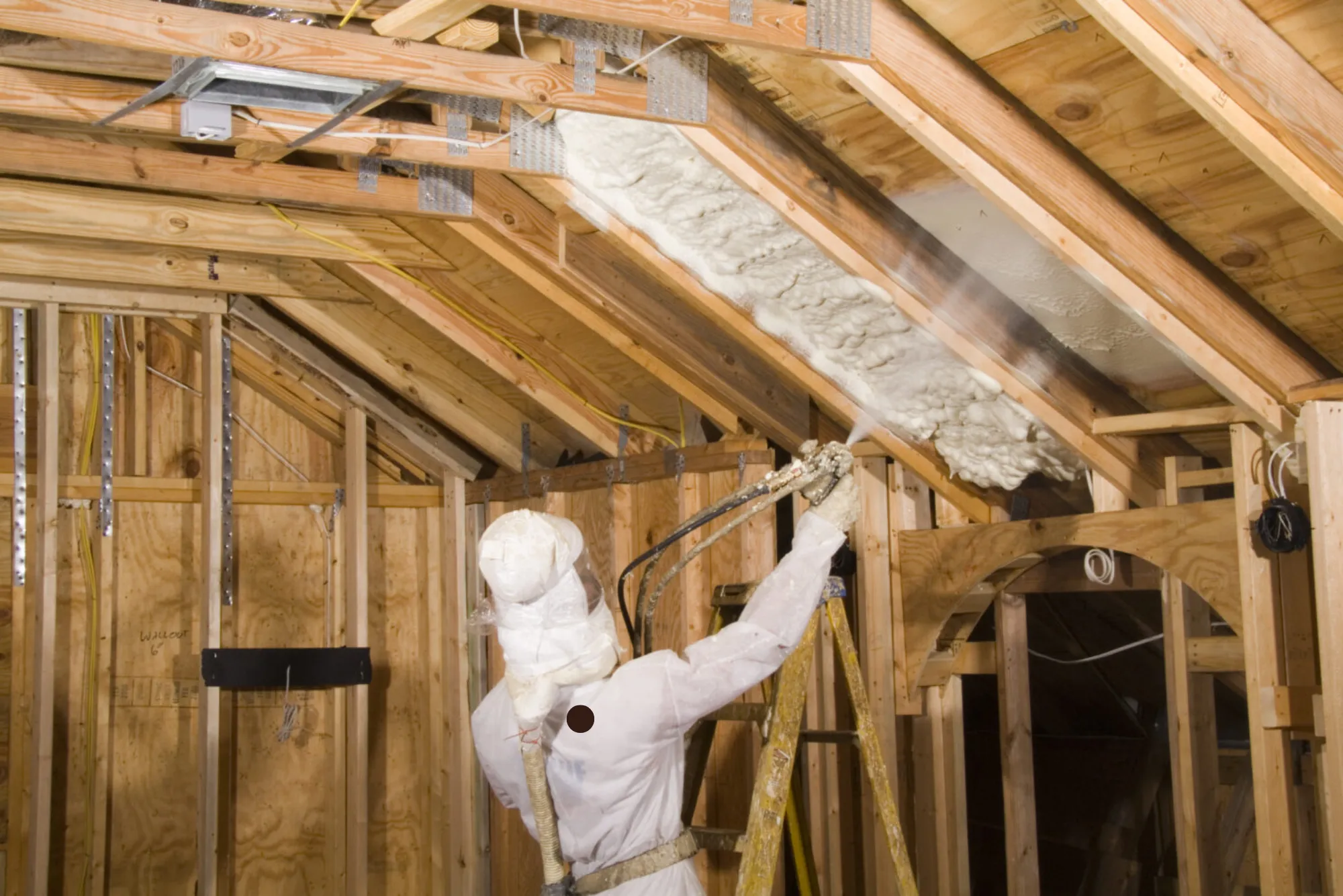Loft boarding can provide valuable additional storage space in your home, but it is important to understand the risks of loft boarding before taking on such a project. While lofts can seem like the perfect solution for maximizing space, improper loft flooring can lead to a range of issues, from structural damage to safety concerns.
We will discuss the various risks of loft boarding, what to consider when planning your loft project, and how to make sure your loft is properly boarded to avoid potential issues.
What is Loft Boarding?
Loft boarding is the process of installing wooden or other types of flooring in a loft space, typically above the ceiling of a house. The goal of this practice is to create additional storage space for items that are not used daily, such as seasonal decorations, luggage, or old files. Boarding a loft allows homeowners to use this often-neglected area effectively.
However, loft boarding is not a simple task. Without proper planning and installation, it can lead to significant issues. In the following sections, we will cover the most common risks associated with loft boarding and how to avoid them.
The Structural Risks of Loft Boarding

One of the major concerns with loft boarding is the impact it can have on the structure of your home. Lofts are not always designed to support additional weight, and placing heavy items in these spaces can cause long-term damage to the roof and ceiling structure.
Weight and Load Distribution
When installing loft flooring, it’s crucial to understand how much weight your loft space can bear. If the floorboards are too weak or not properly supported, they could collapse under the weight of the items being stored. This can lead to significant damage to the ceiling below, as well as potential injury if someone falls through the loft.
It’s important to ensure that the boards are installed across the loft joists rather than simply resting on the existing ceiling. This will help distribute the weight evenly and reduce the risk of damage.
Overloading the Loft
Even if the loft has been properly boarded, overloading it with items can still cause problems. Storing too much weight in a confined space can cause the floorboards to bend, warp, or even crack over time. Additionally, storing extremely heavy objects in a loft without considering the load capacity can lead to ceiling sagging or even collapse.
Health and Safety Risks
Another risk associated with loft boarding is the potential for health and safety hazards, which can arise during both the installation process and the use of the loft space itself.
Insufficient Ventilation
Lofts are typically designed to allow for proper ventilation, helping to prevent issues like damp and condensation. If the loft is boarded incorrectly, you may block airflow, trapping moisture and creating the ideal environment for mold and mildew growth. Mold can cause respiratory issues and is especially harmful to people with allergies or asthma.
When installing loft flooring, it’s essential to ensure that there is still adequate ventilation. If your loft has a ventilation system, do not block it with floorboards or storage. Installing breathable loft insulation can help improve air circulation and reduce the risk of moisture buildup.
Falling Hazards
Working in a loft space can be dangerous, particularly if the area is cramped or difficult to access. Loft boarding often requires ladders or step stools, which can be unstable if not positioned correctly. In addition, the boards themselves can present a tripping hazard if they are not properly secured or installed.
Falls are one of the most common causes of injury when accessing loft spaces. To mitigate this risk, use sturdy ladders or scaffolding and ensure the floorboards are level and well-secured. Consider adding handrails or safety supports in the loft area to provide additional stability.
Exposure to Asbestos
In older homes, the risk of encountering asbestos is a serious concern during loft boarding projects. Asbestos was commonly used in insulation and roofing materials before it was banned due to its health risks. When disturbed, asbestos can release harmful fibers into the air, which can lead to lung disease and cancer if inhaled.
If your home was built before the 1980s, it is a good idea to have a professional inspect your loft space for asbestos before beginning any loft boarding. If asbestos is present, do not attempt to handle it yourself. Hire a licensed contractor who is trained in asbestos removal to safely manage the situation.
The Impact on Existing Insulation

When boarding a loft, many homeowners choose to install insulation to keep the area warmer or reduce energy costs. However, the installation of loft boards can disturb or damage existing insulation. If the insulation is compressed or covered by the boards, it may become less effective at regulating temperature or sound.
Proper loft flooring installation should involve lifting the existing insulation, adding more if necessary, and then reinstalling the floorboards above. This ensures that the insulation is not compromised and continues to perform efficiently.
The Risks of Insufficient Planning and Poor Installation
Sometimes, homeowners opt for loft boarding as a DIY project, thinking it will save money. However, without proper planning and expertise, this can lead to a range of issues. Common mistakes include:
- Incorrectly measuring the space and cutting boards to the wrong size
- Using the wrong materials for the loft flooring
- Failing to properly secure the boards to the joists
- Not allowing for proper ventilation
Hiring a professional contractor with experience in loft boarding can help ensure the work is done correctly. They can assess the space, provide advice on materials, and ensure the loft flooring is installed safely and securely.
Alternatives to Loft Boarding
If you are concerned about the risks of loft boarding, there are alternatives that can still help you maximize your storage space. For example:
- Loft shelving: Installing shelves can allow you to use the space without covering the entire loft floor. This can help reduce the risk of overloading the space and makes it easier to store lighter items.
- Loft lifts: If you need to store heavy items, consider installing a mechanical lift system to bring items to the loft rather than carrying them up a ladder.
These alternatives can provide additional storage without the same risks associated with full loft boarding.
Table: Common Risks of Loft Boarding
| Risk | Description | Solution |
|---|---|---|
| Structural Damage | Overloading the loft can cause ceiling or floor damage. | Ensure loft is properly supported, and avoid overloading. |
| Health and Safety | Falls, exposure to asbestos, and lack of ventilation can pose risks. | Use proper safety equipment, hire experts for asbestos removal, and ensure ventilation. |
| Damage to Insulation | Boarding may compress insulation, reducing its efficiency. | Lift insulation before boarding and replace it if necessary. |
| Poor Installation | DIY errors can result in improper loft boarding. | Hire a professional for correct installation. |
Frequently Asked Questions (FAQs)
1. What are the main risks of loft boarding?
The main risks include structural damage, health and safety concerns, exposure to asbestos, and damage to insulation.
2. Can loft flooring support heavy items?
It depends on the type of loft flooring installed. Always make sure the boards are properly supported to avoid overloading.
3. How can I prevent damage to my loft insulation during loft boarding?
Ensure that insulation is lifted before the loft boards are installed, and avoid compressing or covering it.
4. Should I hire a professional to install loft boarding?
Yes, hiring a professional ensures that the loft is boarded properly and reduces the risks associated with improper installation.
5. How do I prevent falling hazards when accessing the loft?
Use sturdy ladders, ensure the floor is level, and add handrails for extra support.






